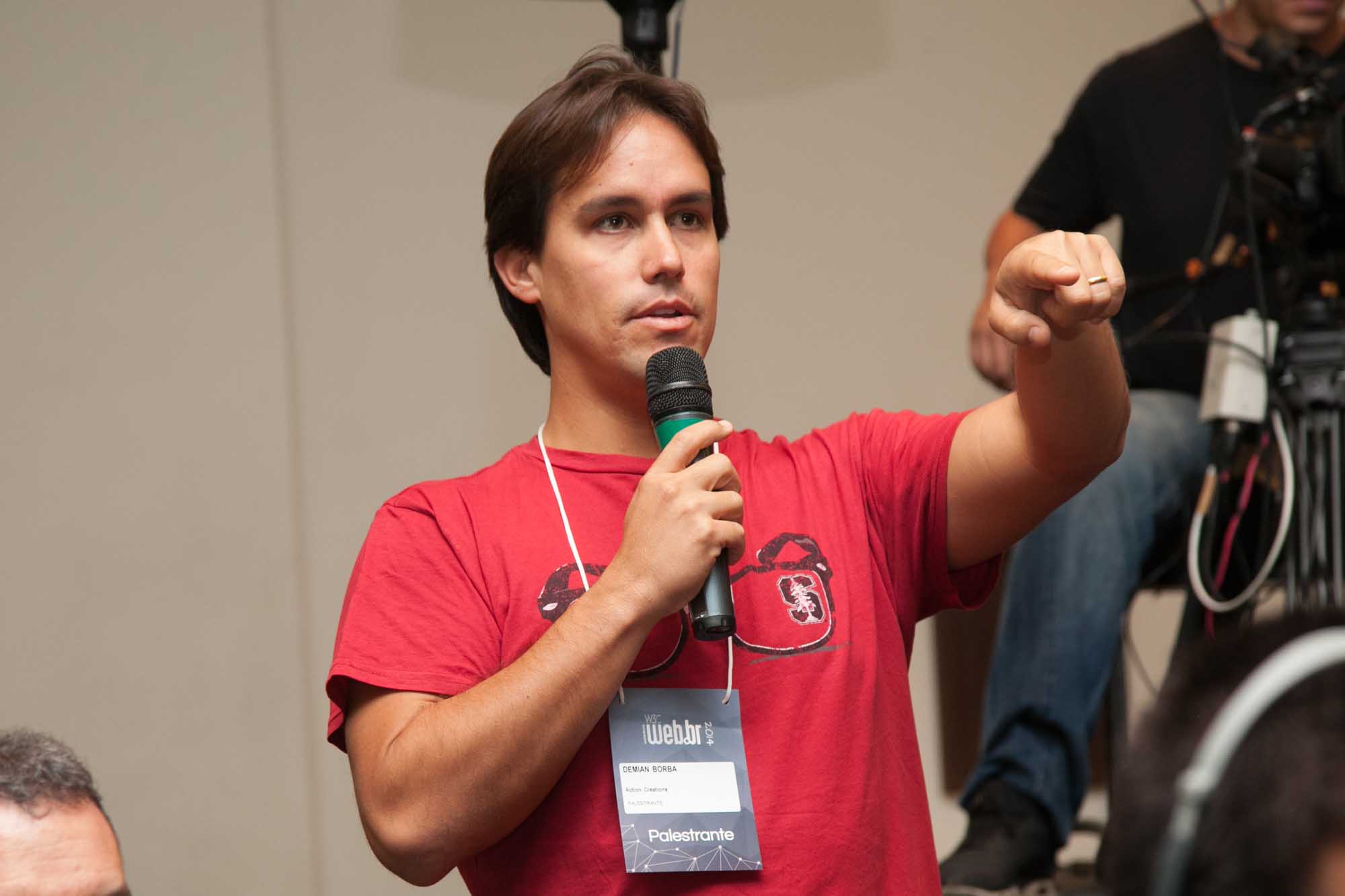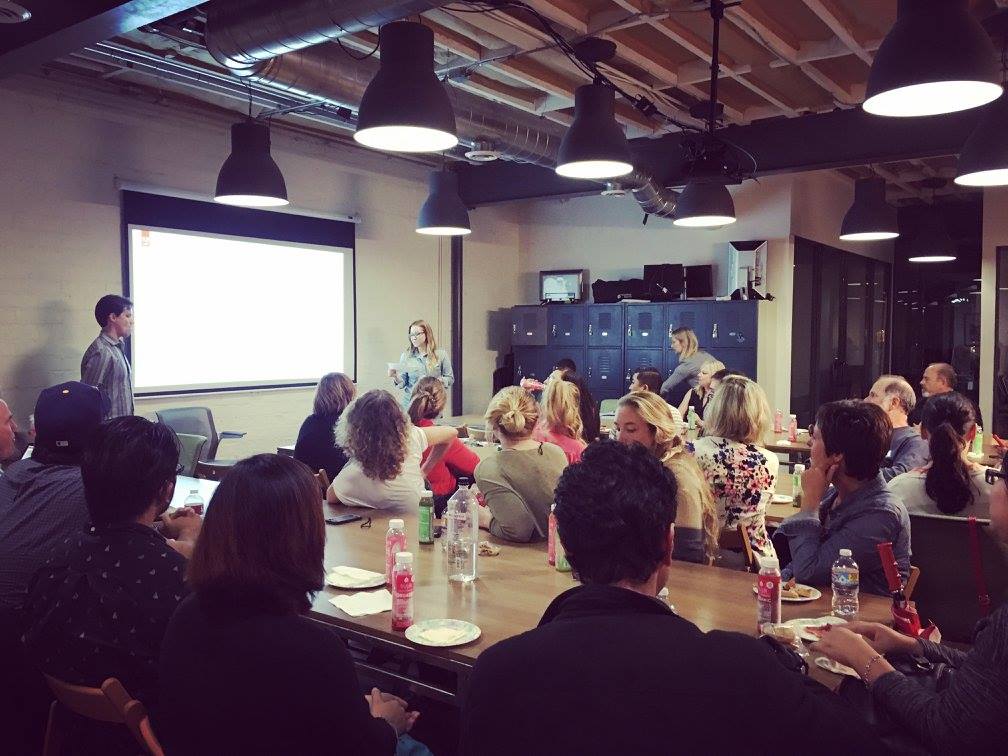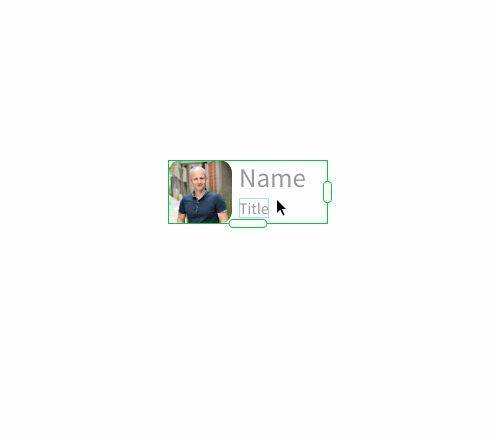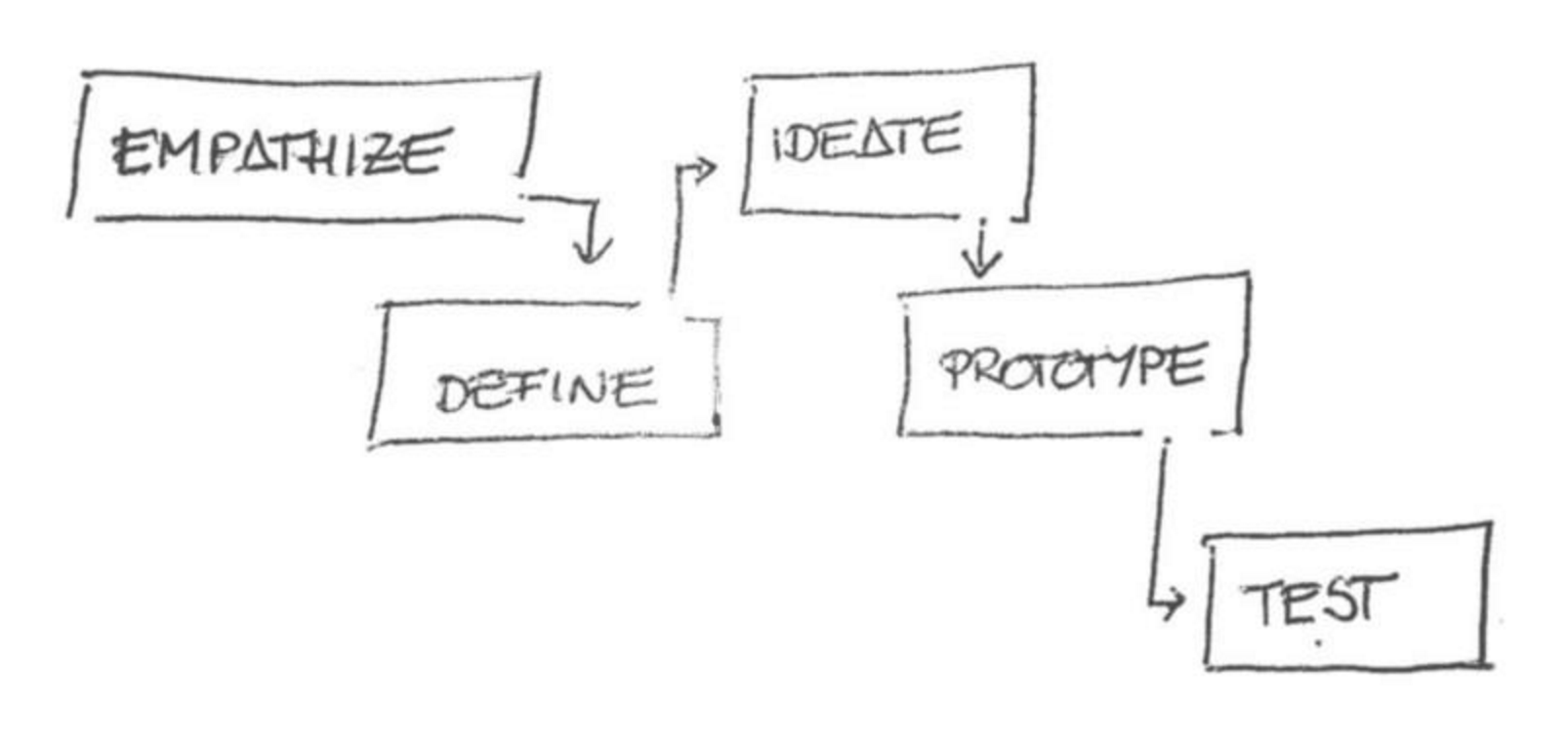Heard the news? Adobe is all in on UX design, and there will be no shortage of exposure for its new app at this year’s Adobe Max conference, held right here in San Diego, CA. That new program is called Adobe XD, and it’s pressing for the attention of UX designers around the world.
AIGA San Diego caught up with Adobe XD’s product manager, Demian Borba after a speaking event leading up to this week’s Adobe Max festivities. Among many things, we discussed the competition XD faces, how Adobe picks which new features to include, and where they see XD heading by this time next year.
AIGA: From Fireworks, to “Project Comet”, to Adobe XD, you have come a long and now accelerated road towards UX design. Why right now for the emphasis on UX design from Adobe?
Demian Borba: As I showed during the presentation, this whole effort started two years ago when we identified that Photoshop and Illustrator were not initially designed for the new challenge of UX design. A UX designer today can be a product manager, a UI designer, a product designer…all these different types of designers that fit this category of “UX designer”.
So we started investigating all the pain points that they had for the last two years. So it’s not that we killed something because of this or that, it’s just that we’re tackling the current challenge of today. Does that answer your question?
Maybe it’s the product of marketing because right now we are seeing a stronger UX emphasis from Adobe than ever before.

Demian Borba
DB: Anything that’s big now didn’t start yesterday, you know? It took us two years to get where we are right now. Fireworks was a tool that had lots of users, did a lot of work, but that was for the challenge of the past. We’re really looking at the challenges of today, and how people can design, prototype, share and learn within the same workflow without friction.
How does Adobe view the competition from Sketch and Craft? Do you view it as direct competition or periphery?
DB: They are competition, we see them as competition. They did a great job delivering value where Adobe was focusing on different areas. And one thing that’s super important to highlight is that we’re trying super hard to avoid being biased by the solutions that they created in order to deliver the right value for today. That’s something we work super hard towards.
(During my talk) I gave the example of the viewport. We don’t want to do it the way other companies do it. We want to do it in a way where we prototype, we investigate it, we iterate it…and (then) we know it’s the best way we could do it. Same with layers. We don’t want to use layers the way it’s done by Adobe tools or by competitors. We really looked at the user need and we created this concept called “local layers”. Users will tell us if we did a good job or not.

AIGA San Diego Adobe XD Event
You were getting some tough questions from the crowd tonight. (laughter)
DB: Yeah, it’s true!
Before this interview, we informally surveyed local designers for features they’d like to see from Adobe XD, and they gave us a laundry list of just stuff. So the question is: how do you meaningfully filter all of these constant suggestions that Adobe gets and turn them into actual iterations?
DB: Yeah, that’s a great question. I think we’re looking at the UX challenge as a whole. We’re not looking at separate pieces.
For example, agencies (typically) work as: wireframe, then design, then development…(but) we’re really trying to look at the whole challenge and sometimes even suggest changing the way you work. Does that mean you can go faster? Maybe you don’t need wireframes anymore? Maybe you can go directly to doing your high fidelity designs and start to prototype because (now) it’s all the same process.
Also, user voice is one of the main drivers of feedback. We have Facebook, we have Twitter. For example, if you tweet something with “#AdobeXD”, the entire team sees it. We talk to the community a lot. One example: my director…he’s extremely busy, but he answers a lot of tweets. We’re really connected with the audience.
 One thing you mentioned during your talk is that people don’t necessarily always know what they want. Do you have an example of a feature in XD that people didn’t know they wanted until you invented it?
One thing you mentioned during your talk is that people don’t necessarily always know what they want. Do you have an example of a feature in XD that people didn’t know they wanted until you invented it?
DB: Yeah, we do that a lot. We work super hard to identify the implicit needs – the things they don’t know they don’t know yet. The repeat grid is a great example. We looked at some of the steps that people took to create those repeated elements, and after a lot of iterations, we came up with the repeat grid. That’s one of those things that create the “ah-ha” moment after they see it.
So Adobe XD updates much more regularly than most Adobe programs. Is this the future of Adobe for all their programs? Or is this just specific to the function of XD?
DB: Maybe, yes! We have lots of different teams at Adobe talking to us and we’re sharing knowledge and we’re collaborating. Dreamweaver is using user voice for example. The Acrobat team as well. It’s something that’s working well with us.
So in fact, the different teams do typically work in isolation? Presumably because of the different needs of each program?
DB: We work together a lot, but every team does have its own focus, deliverables and audience. You can view XD as a startup inside of Adobe.
In reference to your creative process that you wrote about on your blog, how hard is it to scale that process to such a big project like XD?
 DB: I think because we started with it from the very beginning…once we have those guidelines, I think the whole team sees the value. And developers and designers are exposed to the feedback, (and) so the whole team cares so much about the audience. And that’s translated to the product. Everyone goes the extra mile to deliver the best value.
DB: I think because we started with it from the very beginning…once we have those guidelines, I think the whole team sees the value. And developers and designers are exposed to the feedback, (and) so the whole team cares so much about the audience. And that’s translated to the product. Everyone goes the extra mile to deliver the best value.
And if a feature doesn’t meet our standards of quality, we’re not gonna ship it. We’re gonna keep making it better until it gets to that quality.
Quickly going back to the previous question, do you know if the other teams at Adobe implement this creative process? Or is this unique to XD?
DB: No, there are teams that use that process, especially the design team in general. We have the design group at Adobe and they work with different teams to guarantee consistency. They do use empathy and they work with design thinking mindset as well.
Is it particularly difficult to make XD work with both iOS and Android?
DB: Yeah. It’s very hard. Very hard. Especially because the approach we’re taking. We’re not transferring bitmaps over the wire, we really have XD running on iOS, XD running on Android, using all the capabilities that each OS provides and keeping those in sync. Sometimes the iOS team does more, sometimes the Android team does more. Sometimes there’s a limitation on one side that makes that team have to innovate and create workarounds, but yeah, it’s very hard. The teams are working super hard and I cannot thank them enough. Yeah, they’re brilliant.
Do you want XD to eventually iterate into a standalone program, or do you want users to tap into other Adobe programs when applicable? For example, we’ve heard designers wish for more robust editing capabilities within XD.
DB: You can see XD as this hub for UX design. But I mentioned this (during my talk) lots of times tonight: if you need very advanced bitmap editing, you go to Photoshop. That’s not gonna change. If you need very complex vectors, you go to Illustrator. That’s not gonna change. Those apps will remain the best apps for that kind of work, and XD will be the app to put it all together.
What does Adobe XD look like a year from now?
DB: If we do a good job continuing to focus on building empathy and delivering the best value we can while focusing on quality and performance, it’s gonna be one unique solution for designers today to create high fidelity designs, prototypes, sharing to get feedback, and (it will) create a scenario where designers can collaborate like never before.
PC soon?
DB: PC soon.
We’d like to thank our sponsors Adobe, Urbn Pizza, Suja Organic Juices, Union Cowork North Park and The Cravory, as well as Demian for his time.